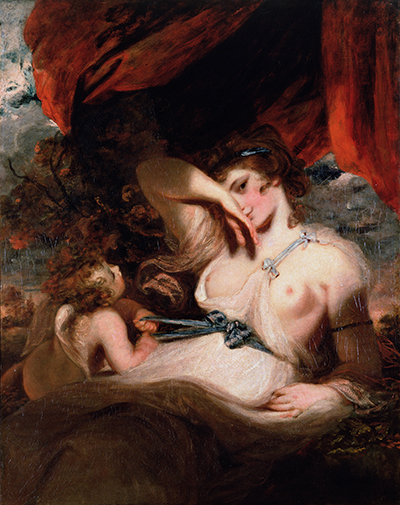 Buy Art Prints Now
Buy Art Prints Nowfrom Amazon
* As an Amazon Associate, and partner with Google Adsense and Ezoic, I earn from qualifying purchases.
Over the centuries the globe has seen various forms of paintings. This is mostly due to the fact that each artist has different ways of speaking out their minds. In addition, the diverse taste between artists has made artists to be obsessed with specific paintings. These often range from painting sceneries to painting the Romans flowers and even buildings.
Below, we are going to look at the Cupid Untying the Zone of Venus by Joshua Reynolds. From the painting, a woman is seen as hiding her face with her right hand, thus suggesting that she was shy. Furthermore, we can see the child Cupid pulling the end of the woman's blue silk ribbon. He does this to get the model's reaction. Also, the painting has the woman wearing a silk dress. As a result, this enables the audience to deduce that the woman was living a luxurious lifestyle.
The painting also displays a mother-son relationship between the two characters. As a result, the audience to conclude that the two were related. Multiple analysis has been made on the picture to determine the model in question. As a result, most have established that the model in the paint must have been Lady Hamilton, Lord Nelson's mistress.
The copy was later presented to Prince Grigory from Carysfort. The painting has a red curtain at the background, thus suggesting that it is full of charm and beauty. As a result, the painting was titled Half Contesting before completion. Over the years the piece of art has been titled Love and Beauty, Cupid Untying the Zone/Girdle of Venus, Love Unloosing the Zone of Beauty, A Nymph and Cupid, among others.
Lastly, the original version of the paint was bought in 1871 by the Tate Gallery. In addition, the original version was first exhibited in 1784 and is owned by its original buyers. On the other hand, the copy was later sold in 1821 to Sir John Soane and thereafter exhibited in the Soane Museum. Currently, the copy is at Saint Petersburg in Hermitage Museum.



